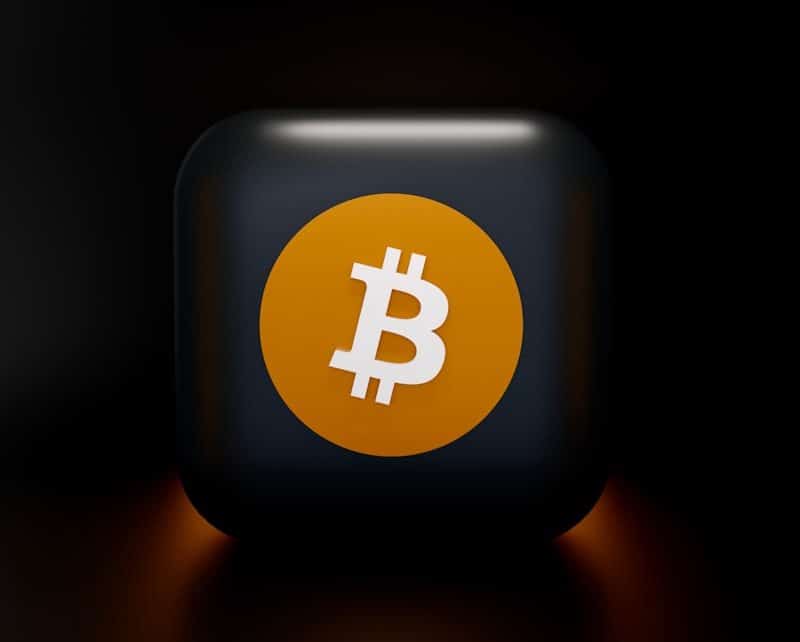In today’s digital age, the quest for financial independence has taken a new form, and many individuals are embarking on the exhilarating journey of how to mine bitcoin at home. This isn’t just a trend; it’s a revolution that empowers people to take control of their financial destinies. Think about it: every time you hear about soaring cryptocurrency prices, there’s a good chance someone is reaping the rewards of home mining. But what does it really take to dive into this world? Let’s explore the strategies, challenges, and innovative technologies that define the landscape of home-based Bitcoin mining.
First off, let’s address the elephant in the room: the initial investment. Many potential miners hesitate, fearing that the costs will outweigh the benefits. But consider this: investing in the right hardware can lead to substantial returns. When learning how to mine bitcoin at home, you need to focus on acquiring efficient mining rigs that fit your budget and energy consumption capacity. It’s a bit like choosing a trusty steed for a race; the better the horse, the greater the odds of winning. Efficient miners, such as ASICs, can help you maximize your profits while minimizing electricity costs. Don’t let the upfront costs deter you; they’re just the first step in a potentially lucrative journey.
Next, let’s talk about the challenges. Mining isn’t all rainbows and sunshine. You’ll face hurdles like fluctuating Bitcoin prices, increasing competition, and the ever-looming specter of regulatory changes. However, isn’t that the essence of any worthwhile pursuit? The thrill of overcoming obstacles can be incredibly rewarding. When you learn how to mine bitcoin at home, you’ll develop a keen understanding of market dynamics and technological advancements, ultimately empowering you to make informed decisions. Embrace the challenges; they’re not roadblocks but stepping stones to success.
Now, let’s shift gears and discuss innovative technologies. The world of Bitcoin mining is constantly evolving, and staying updated on the latest trends can set you apart from the crowd. Cloud mining, for instance, has emerged as a popular alternative for those hesitant to invest in hardware. It’s like renting a luxury car instead of purchasing it; you get the experience without the long-term commitment. By leveraging cloud mining platforms, you can dip your toes into the Bitcoin mining waters without the hefty financial burden. However, do your due diligence before signing up; not all platforms are created equal.
Finally, community plays a pivotal role in your home mining adventure. Engaging with fellow miners, whether through online forums or local meetups, can provide invaluable insights and support. Think of it as joining a tribe of modern-day gold prospectors, sharing tips and tricks to strike it rich. When you learn how to mine bitcoin at home, you don’t just gain technical knowledge; you foster connections that can lead to new opportunities and collaborations. So, dive into the community, share your experiences, and watch as you grow alongside your peers.
Understanding Bitcoin Mining: The Basics
Before you venture deeper into the realm of how to mine bitcoin at home, grasping the fundamentals of Bitcoin mining is crucial. At its core, mining involves validating transactions and adding them to the blockchain, a decentralized ledger that keeps track of all Bitcoin transactions. This process requires computational power, which is where your mining rig comes into play. By solving complex mathematical problems, miners secure the network and earn rewards in Bitcoin. It’s akin to being a digital gatekeeper, ensuring the integrity of the currency while getting paid for your efforts.
As you delve into mining, you’ll encounter terms like hash rate, difficulty level, and block rewards. Understanding these concepts is essential to maximizing your mining efficiency. The hash rate measures your rig’s computational power, while the difficulty level adjusts based on the number of miners in the network. Staying ahead means constantly monitoring these metrics and adapting your strategies accordingly. Just like a chess player anticipates their opponent’s moves, you must stay agile in the ever-changing landscape of Bitcoin mining.
Choosing the Right Equipment for Home Mining
One of the most significant decisions you’ll make when learning how to mine bitcoin at home is selecting the right equipment. The mining hardware you choose directly affects your profitability, so it’s crucial to weigh your options carefully. ASIC miners are the gold standard, offering unparalleled efficiency and performance. They’re purpose-built for mining and can significantly boost your chances of success. However, if you’re just starting and want to minimize your initial investment, consider using a GPU setup. While not as efficient as ASICs, GPUs can still yield respectable results, making them a viable option for beginners.
Another essential factor is energy consumption. Mining rigs can consume massive amounts of electricity, which can eat into your profits. When evaluating your options, calculate the potential energy costs alongside your expected earnings. Some miners even set up their rigs in locations with lower electricity rates to enhance their profitability. Remember, it’s not just about mining; it’s about mining smartly. Choose equipment that balances performance with energy efficiency, and you’ll set yourself up for long-term success.
Navigating the Financial Landscape of Bitcoin Mining
Understanding the financial implications of how to mine bitcoin at home is vital for your success. The volatility of Bitcoin prices can make or break your mining profits. When prices soar, your earnings can skyrocket, but when they plummet, the opposite is true. It’s essential to have a strategy in place to navigate this unpredictable landscape. Some miners choose to hold onto their Bitcoin, hoping for future price increases, while others opt to cash out regularly to secure profits. Consider your risk tolerance and financial goals when determining your approach.
Additionally, keep an eye on transaction fees and network congestion. These factors can impact your profitability significantly. As more miners join the network, the competition increases, and transaction fees can rise. Understanding these dynamics will enable you to make informed decisions about when to mine and when to hold. It’s a delicate dance, but with the right strategy, you can thrive in the ever-evolving world of Bitcoin mining.
Staying Updated: The Importance of Continuous Learning
The world of Bitcoin mining is fast-paced, and staying informed is key to your success. As you embark on your journey of how to mine bitcoin at home, commit to continuous learning. Follow industry news, join online forums, and participate in discussions to keep your finger on the pulse of the mining community. This knowledge will empower you to adapt to changes in the market and technology, ensuring you remain competitive.
Consider investing in online courses or tutorials that cover the latest mining techniques and strategies. Knowledge is power, and in the world of Bitcoin mining, it can also translate to profits. By staying educated, you position yourself as a proactive player in the game, ready to seize opportunities as they arise. So, don’t just mine; mine smart, and watch your efforts pay off.
Building a Sustainable Mining Operation
As you master how to mine bitcoin at home, think about the long-term sustainability of your mining operation. Consider the environmental impact of mining; with growing concerns about energy consumption, adopting eco-friendly practices can set you apart from the competition. Some miners are exploring renewable energy sources, such as solar or wind power, to reduce their carbon footprint and lower electricity costs. This not only boosts your profits but also aligns your operation with the growing demand for sustainability in the tech industry.
Additionally, consider diversifying your mining activities. While Bitcoin remains the leading cryptocurrency, numerous altcoins offer mining opportunities. By branching out, you can hedge against Bitcoin’s volatility and tap into new revenue streams. Embrace innovation and stay flexible; the more adaptable you are, the better equipped you’ll be to navigate the future of cryptocurrency mining.



